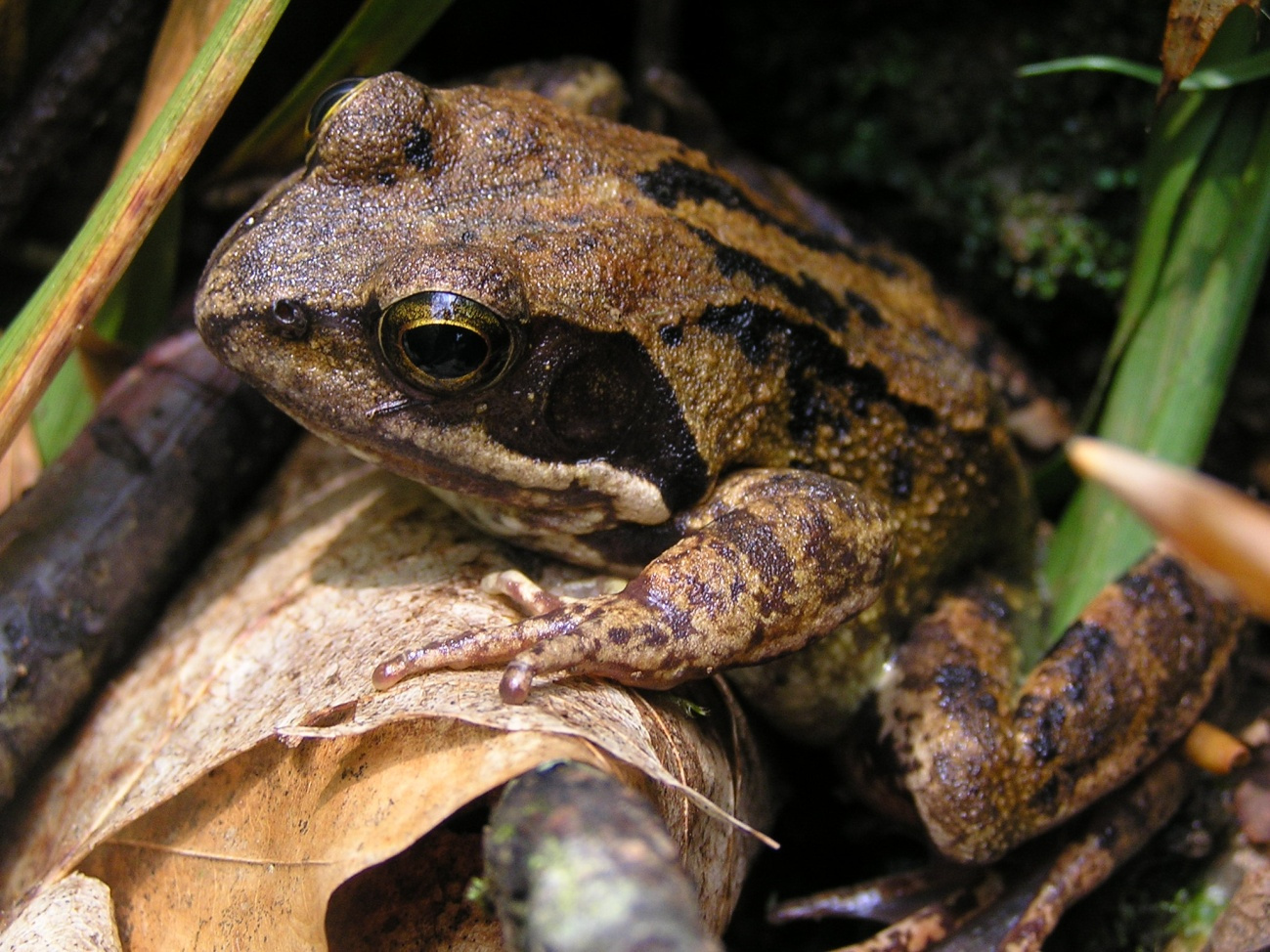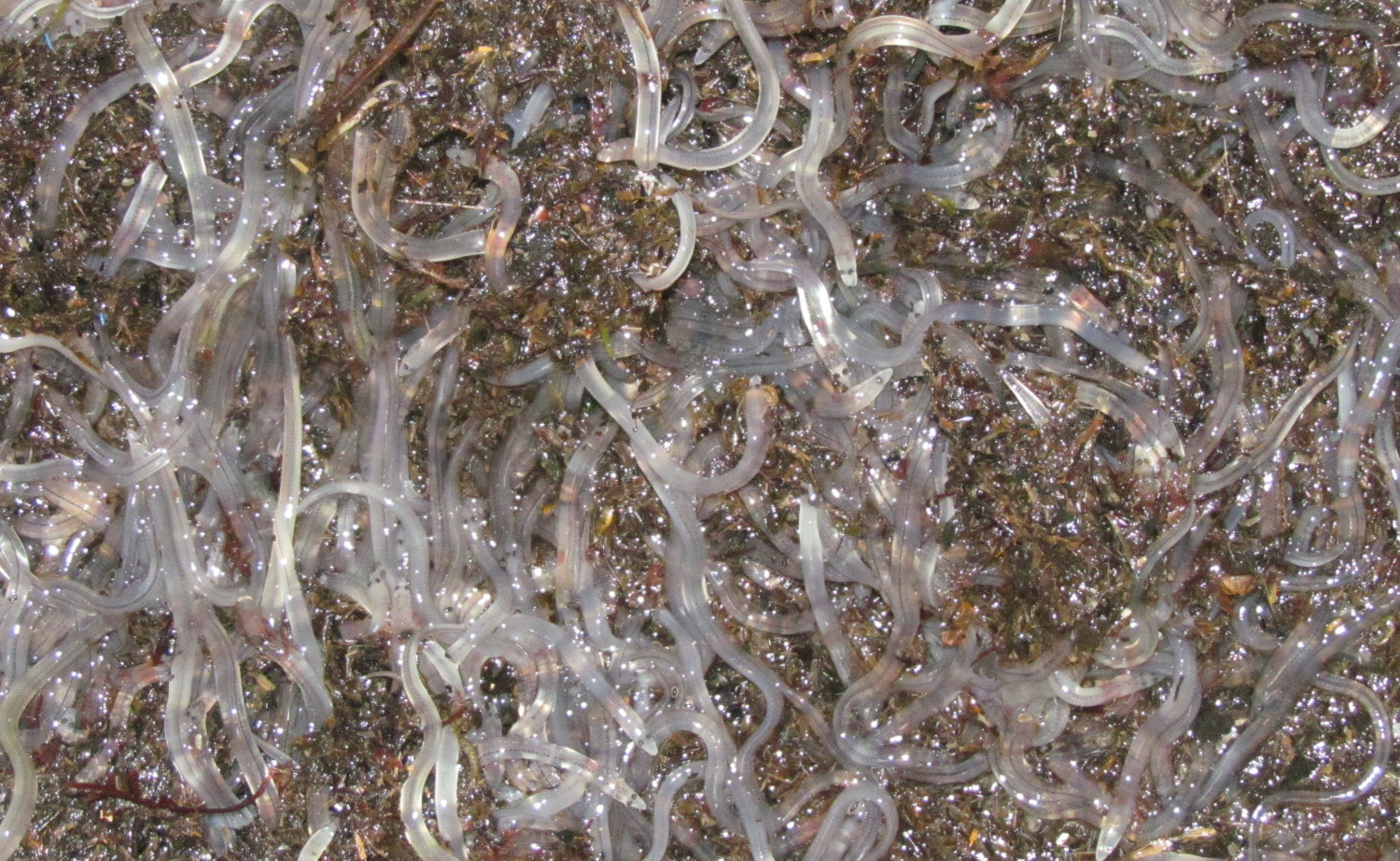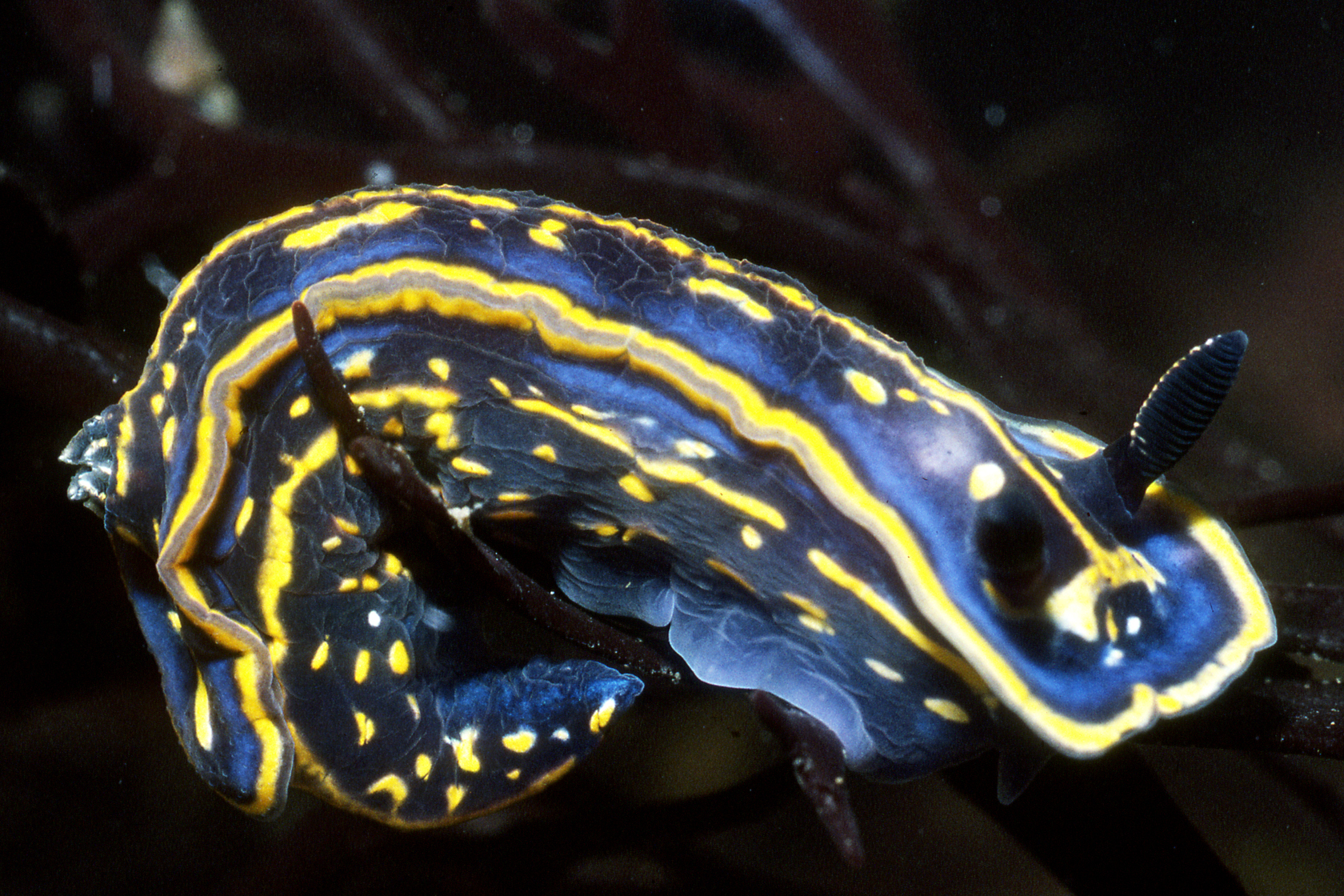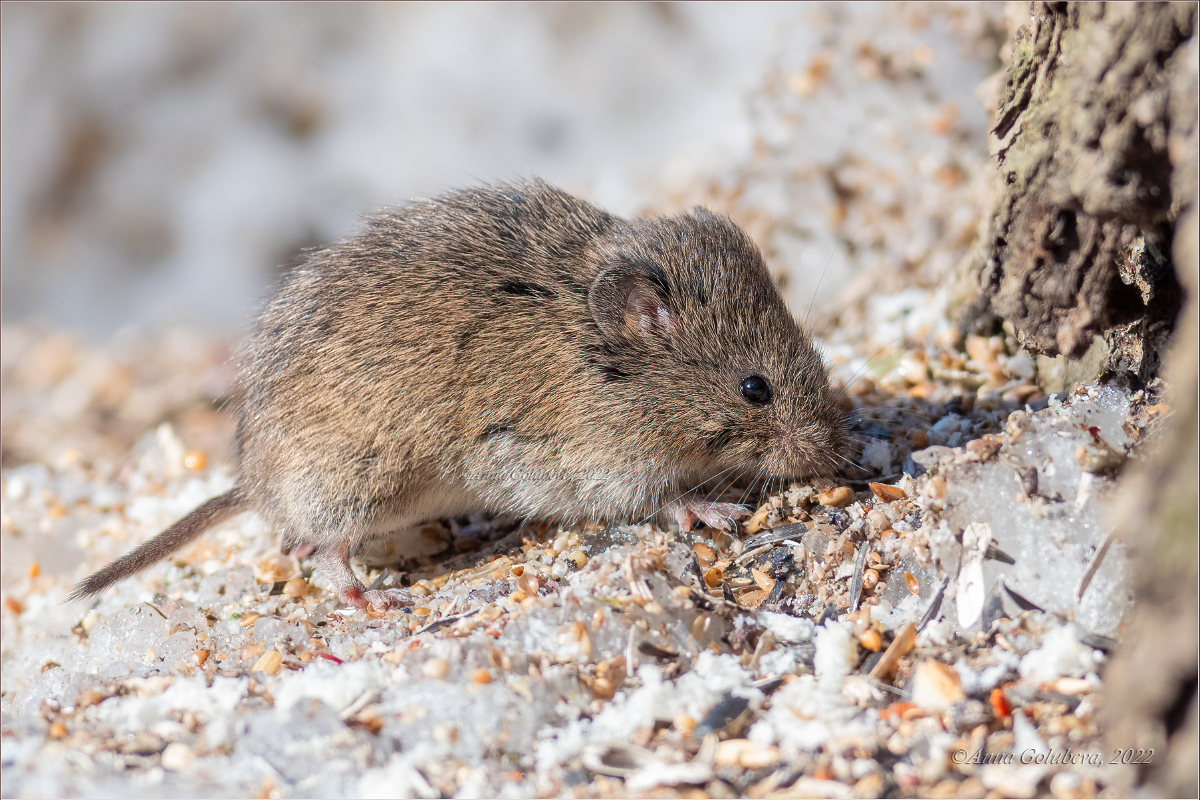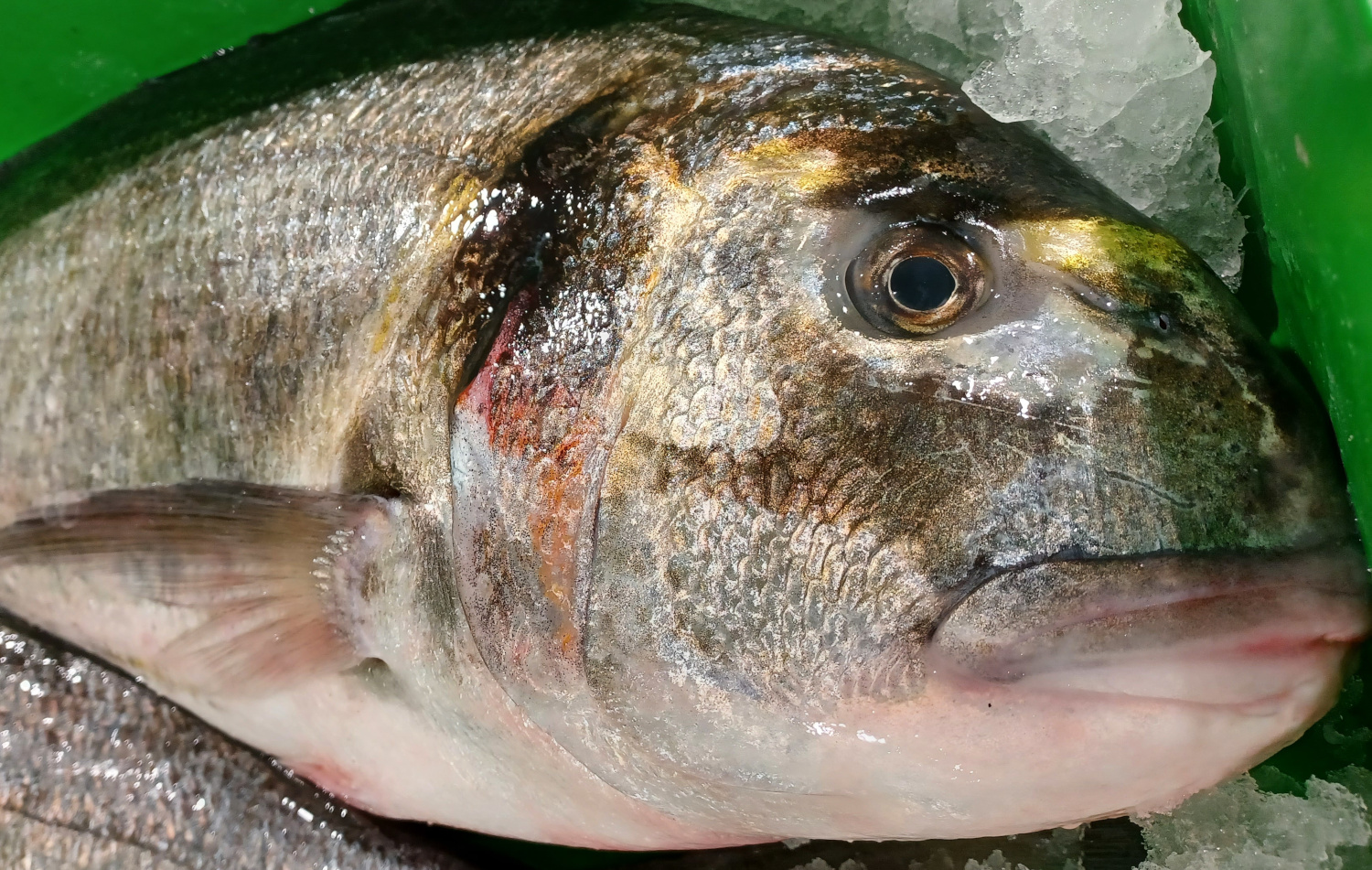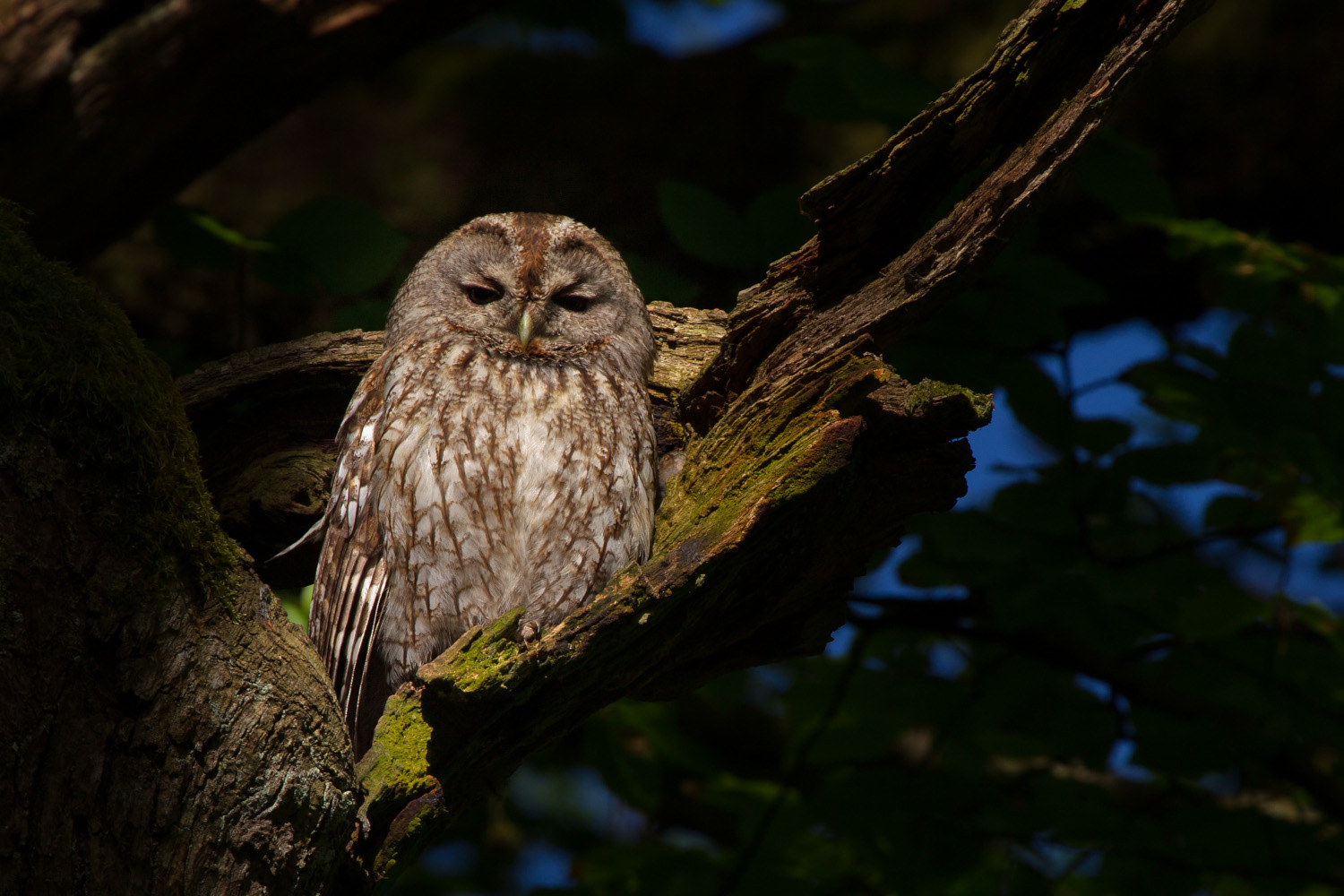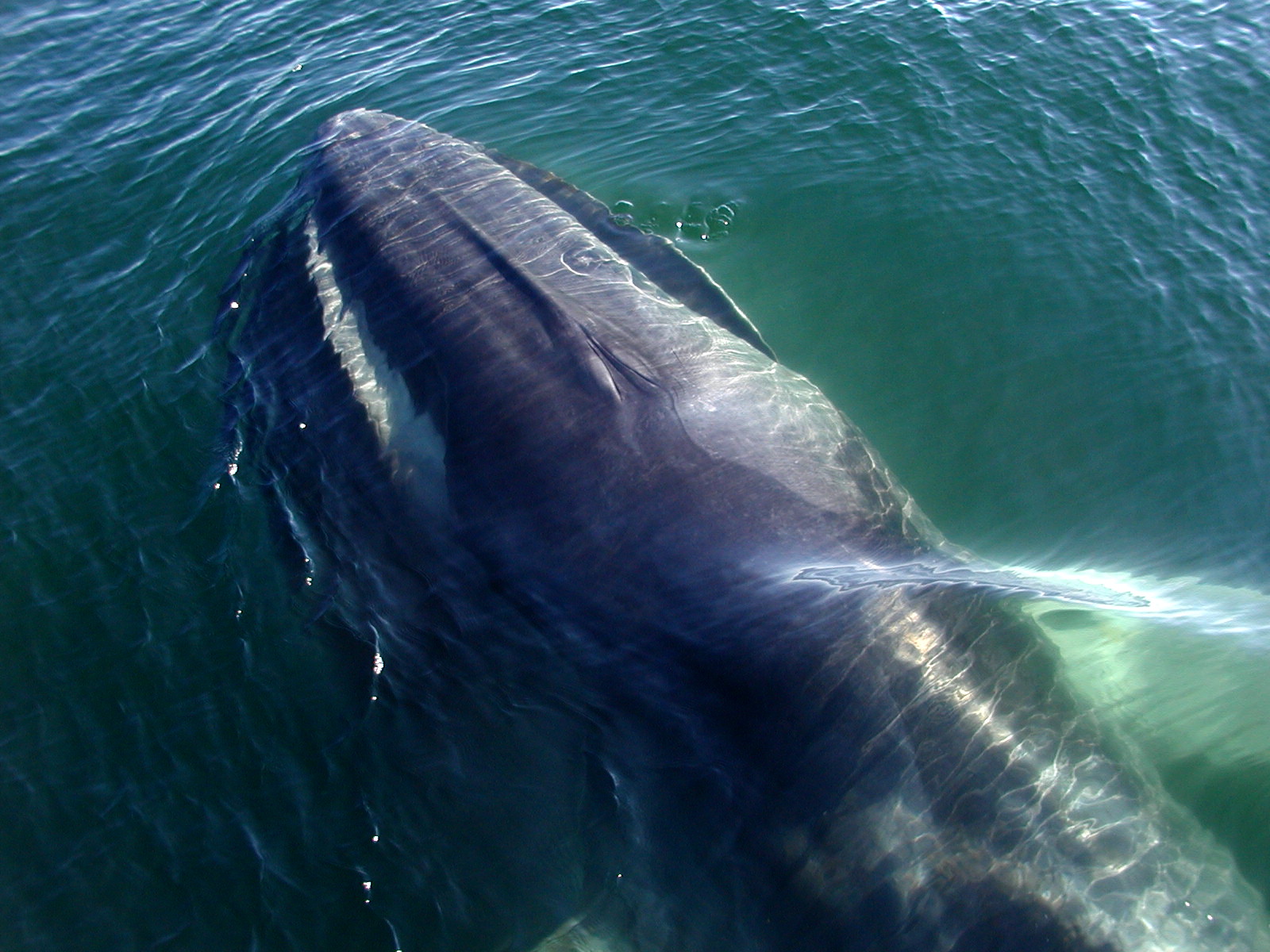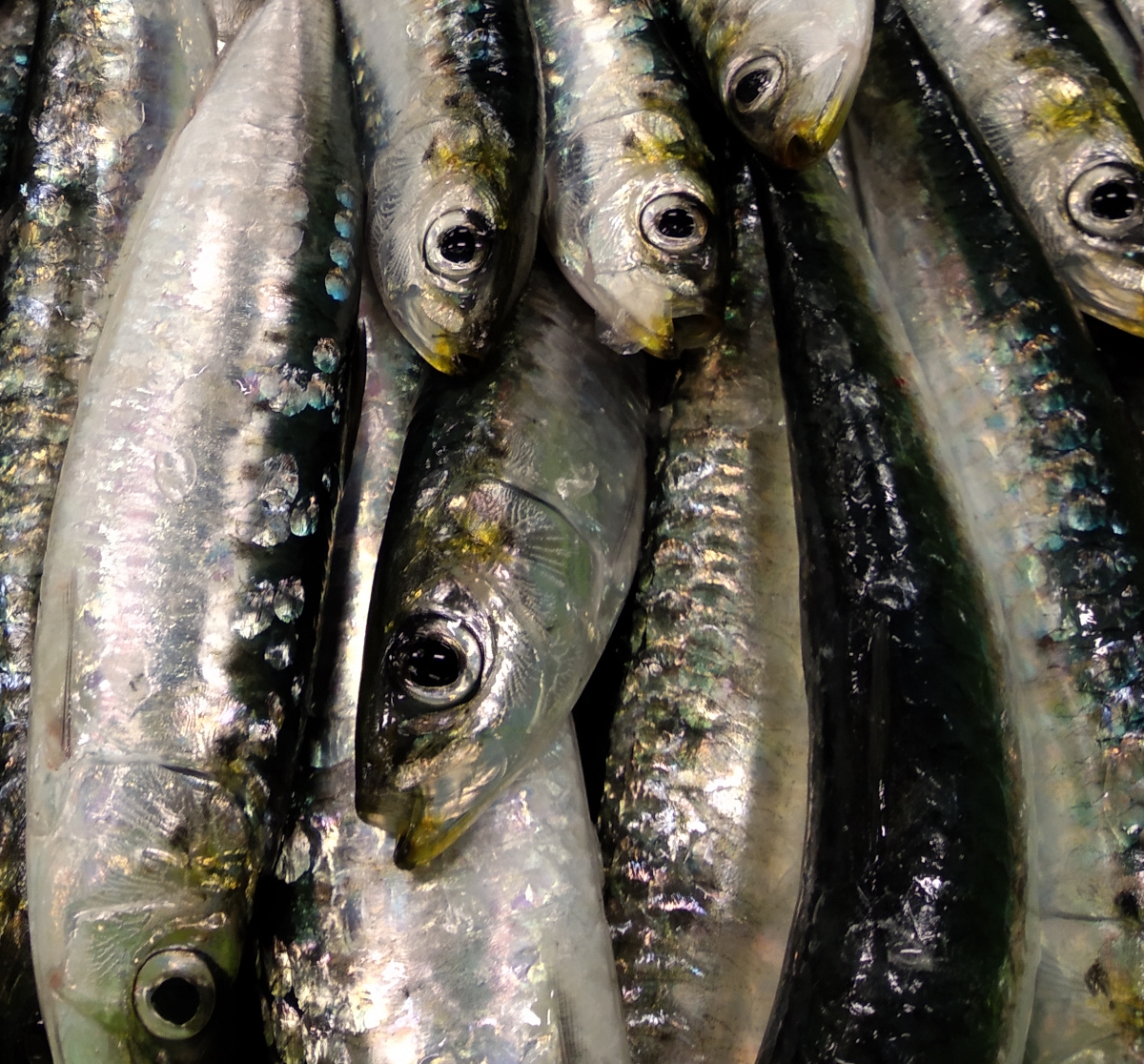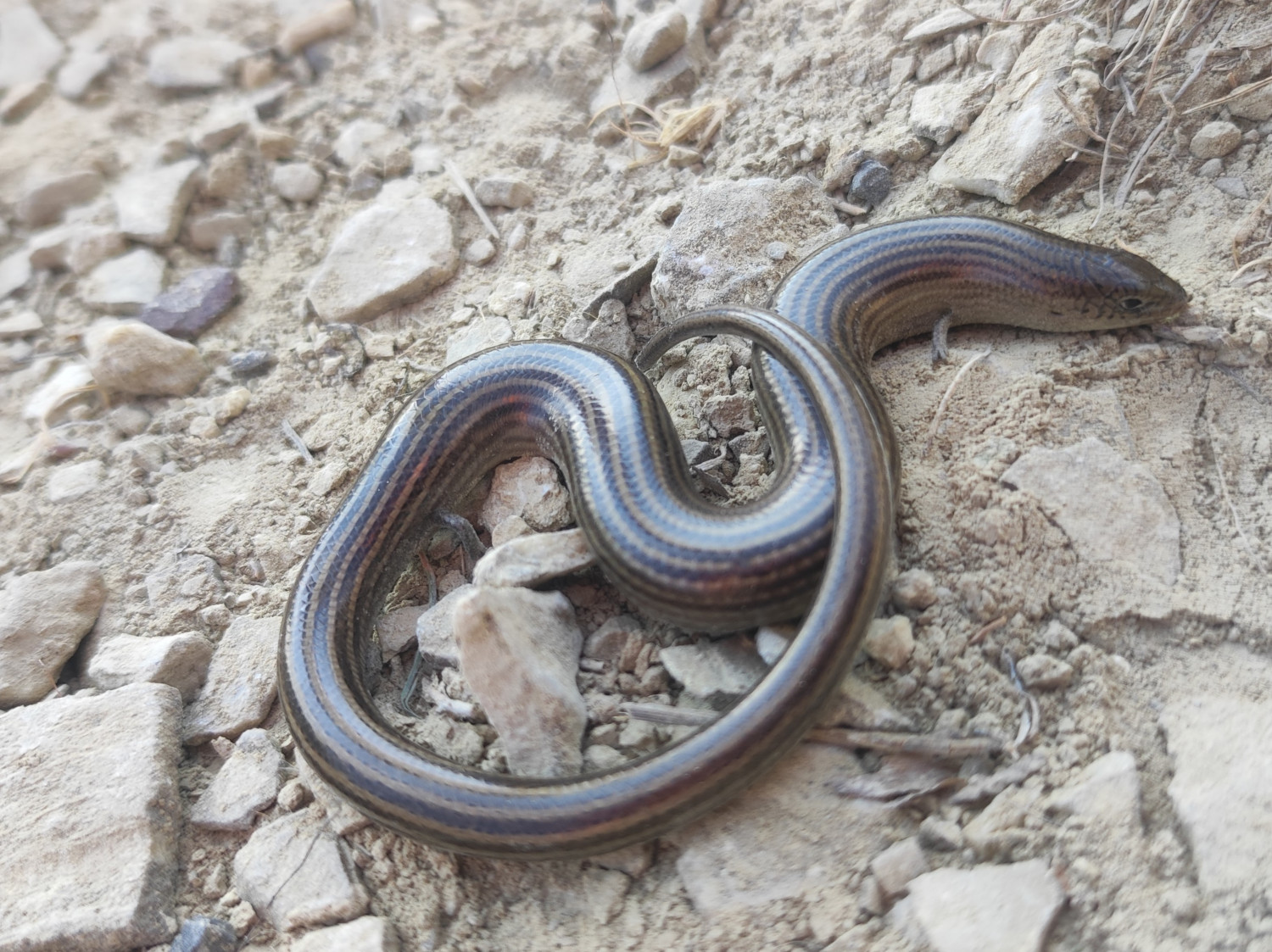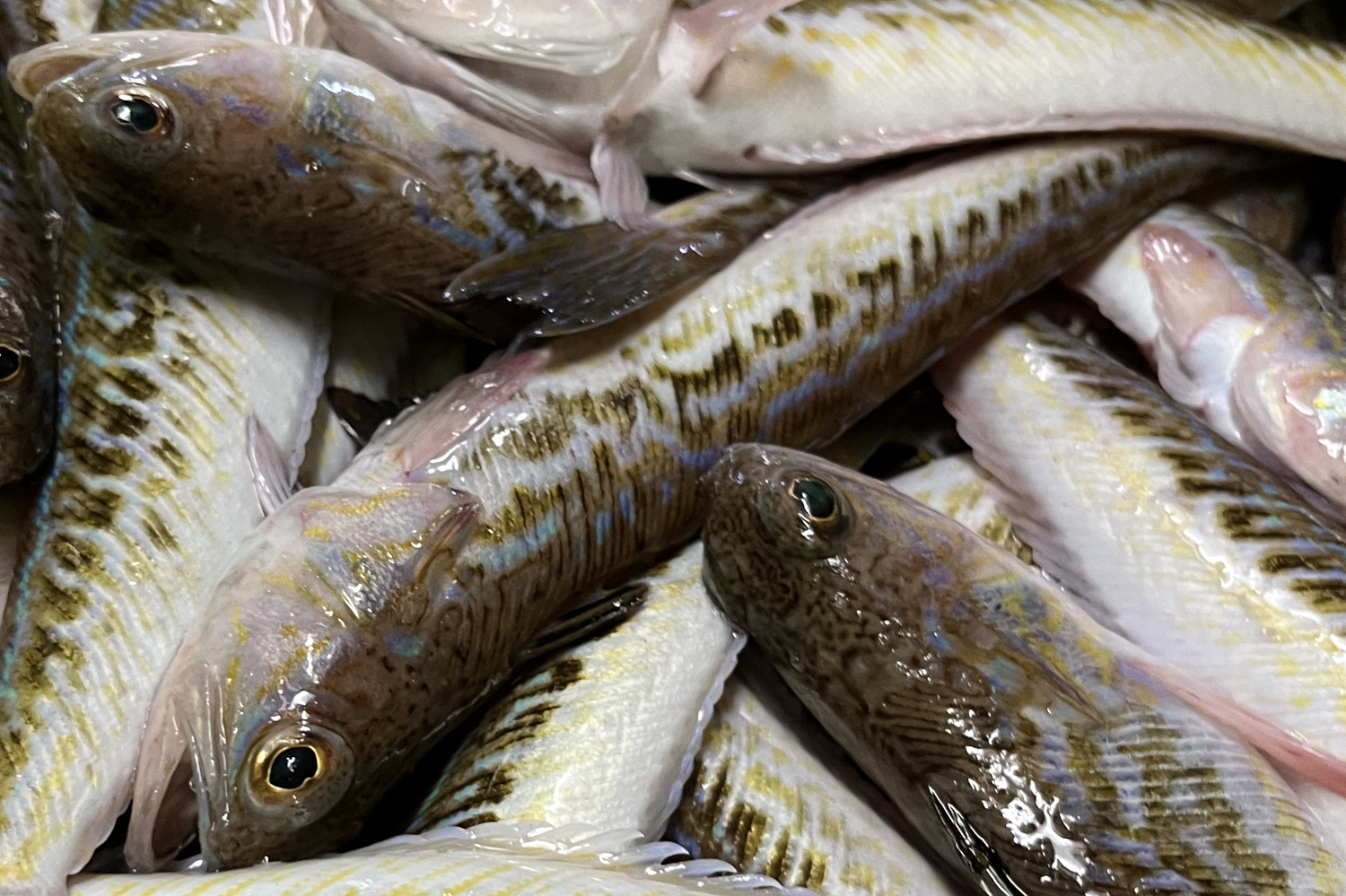Protagonist of the time of pass
- A Ürx’aphal is a trixte in the village that is made in Nigarrez by the alley, With his sweetheart Lagün: Kill them, hell.
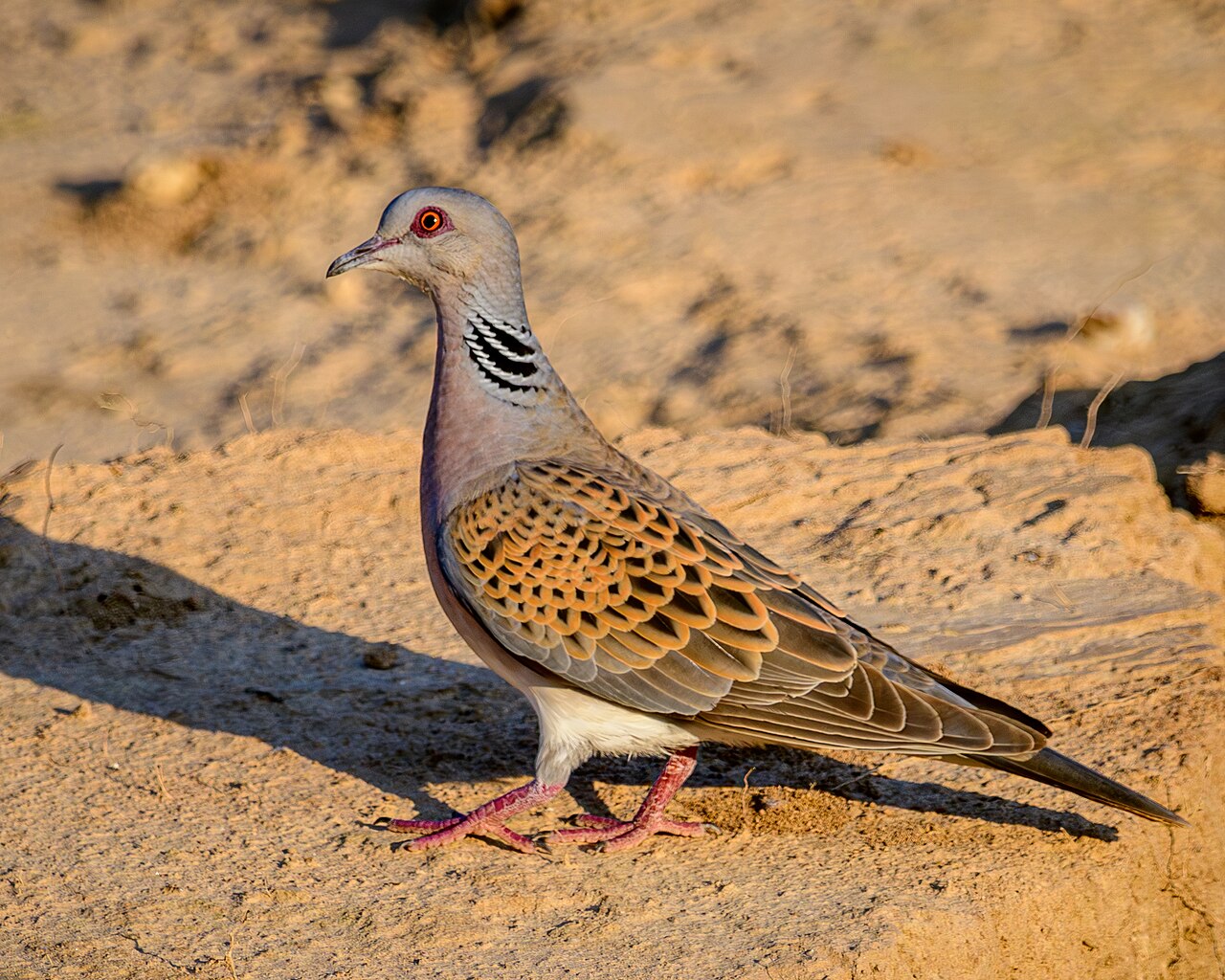
Like Etxahun in her verse, in literature it has been used to call the young and beautiful Ürx’aphal, usapal or ttorttola. It has always been related to delicacy and grace and is loved by the Basques. His song can give name to this bird that makes “tur-tur”: tortola, ttorttolia, usatortol or small pigeon, while its official name is the European pigeon.
Her body is long, thin and light. The feathers on the chest are gray but also have a pink spot, while those on the back are orange and black. The edge of the tail is white, on which a black line stands out and above a gray color, which also has a bluish point, the color it shows when deploying the wings. It's so elegant, with a black and white striped collar. Around the orange eyes it also has red. This is the tortola, beautiful as the color tortola. Will this be the reason for reaching the hearts of the Basques?
Tortola grows across Europe, it likes open forests close to farmland: grasses, seeds and grains. In autumn, in September, he begins his journey to Africa, to spend the winter in the south of the Sahara. This bird is common in our country, especially because we see it in the pass. It is so well known that it is referent in the pass period: the other birds pass in the tortola time or after the tortola.
Unfortunately, tortola populations are in decline, which has caused the species to be classified as “vulnerable” at global and European level and “endangered” in the Basque Autonomous Community, in order to curb or reduce its decay. The causes of decay are diverse, as there are several threats in breeding areas, during migration and in inverted areas. On the one hand, habitat destruction and changes in traditional crops are leading to the disappearance of hedges, sotos, etc. and the loss of the landscape mosaic that tortola needs. In addition, intensive farming is becoming more widespread and this type of farming often uses numerous pesticides and herbicides. This leads to a reduction in plant species that are food for the tortola but are not producing, and, as if that were not enough, pesticides are toxic to birds, causing harmful effects on their health or even death. On the other hand, the practice of hunting tortolas during their migration is widespread, but due to the decay of the populations, tortola hunting is currently prohibited. Finally, when we reach Africa through the winter, excessive local grazing has a negative effect.
Although the problem of the species is worldwide, in order to protect the beloved ürx’apke, we should reduce both the destruction of the habitat that is occurring in our environment and the excessive use of pesticides and herbicides, as the change starts in local actions. Without local action, there's no global impact.








